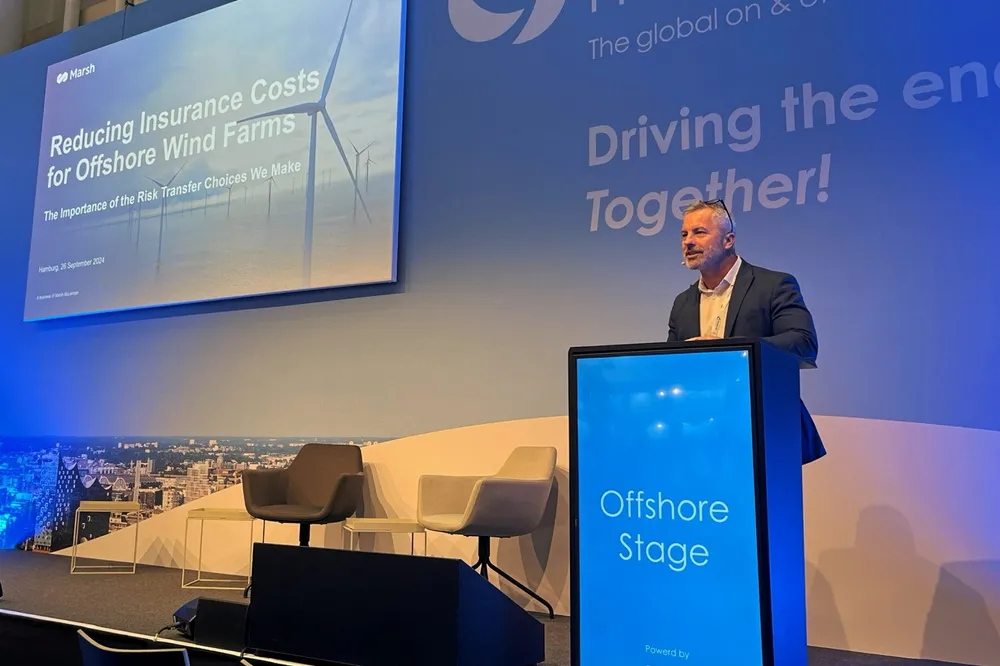Offshore wind developers must stop buying so much insurance, says broker
Project owners are being advised to buy cover for 'high frequency, low cost' events, which are not what insurance is designed for, claims sector specialist

The cost of offshore wind insurance is spiralling but developers are still buying cover for events that don’t need it, adding complexity that risks turning brokers into a bottleneck for the sector, claimed a senior vice president at underwriter Marsh.
“The offshore wind insurance sector is still in a phase of maturity,” said Dan Gumsley, an offshore wind specialist at Marsh. “We are still doing things that we did five or 10 years ago, in terms of the risk we put onto insurance policies. And we need to start to change.”
Currently, he said developers are being advised to cover “high frequency, low severity losses” that “don't really and truly belong in the insurance industry.
“We don't see this behaviour in other sectors, such as nuclear, or even solar, or even battery projects,” he said.
“The idea behind insurance is to actually look at those high severity, low frequency events,” or the “fortuitous events” as they are known in insurance parlance.
“Insurance costs themselves are starting to spiral out of control… turbines get bigger, inflation hits,” he said. “And the insurance we buy looks exactly the same.”
Gumsley said pushing too much risk onto the insurance market is “creating a lot of complexity, which is driving prices up to levels that are not sustainable.”
“Our behaviours haven't changed over the last 15, 20 years. They need to change. And not only do we need to reduce the pricing to make it more sustainable and more appropriate for such a big risk as offshore wind, we also need to start to open the door to simplification and standardisation around the insurance offering.”
"Maybe it's time we did grow up a little bit," he said, using the data now available to make more informed decisions regarding risk and “take a different approach to how we do this.”
Cable claims are a prime example, said Gumsley. The average cable claim in Europe is around $10m and these are “one-in-one or one-in-two year events."
If you factor in the average policy deductible of $1m to $1.5m and the cost of the cover itself, he said it is “much cheaper and more efficient for developers to self-insure losses like that.”
Overly complex insurance policies also risk turning the underwriting industry into a “bottleneck” for offshore wind projects, said Gumsley.
Having to provide more complex cover also requires more time and skilled resources, he said. “There are just simply not enough people to keep working in the way that we do in the insurance industry.”
“We don't want to be a bottleneck. We want to free up our resources. We want to free up our clients' resources as well. We want to be a partner to the industry, not a reactive hindrance to this big ambition that we see in offshore wind.”
(Copyright)